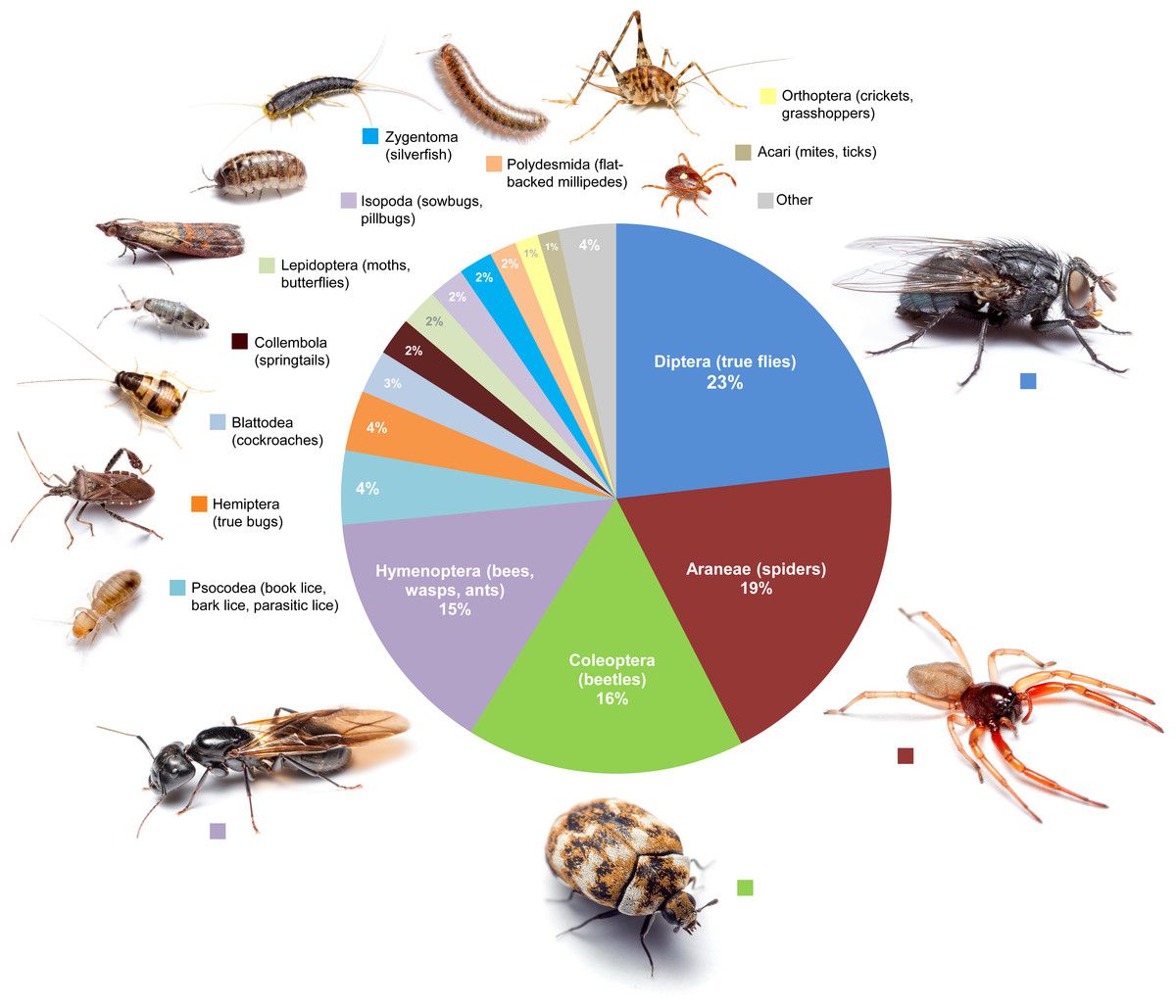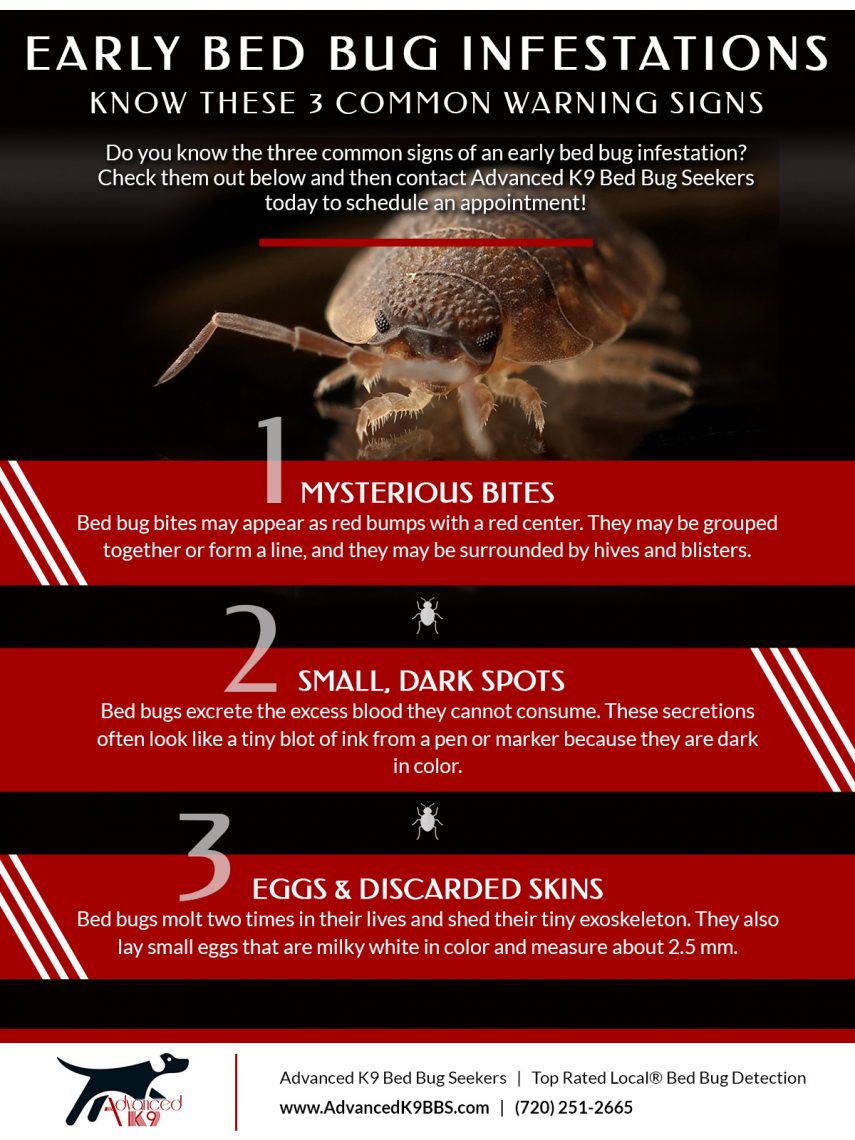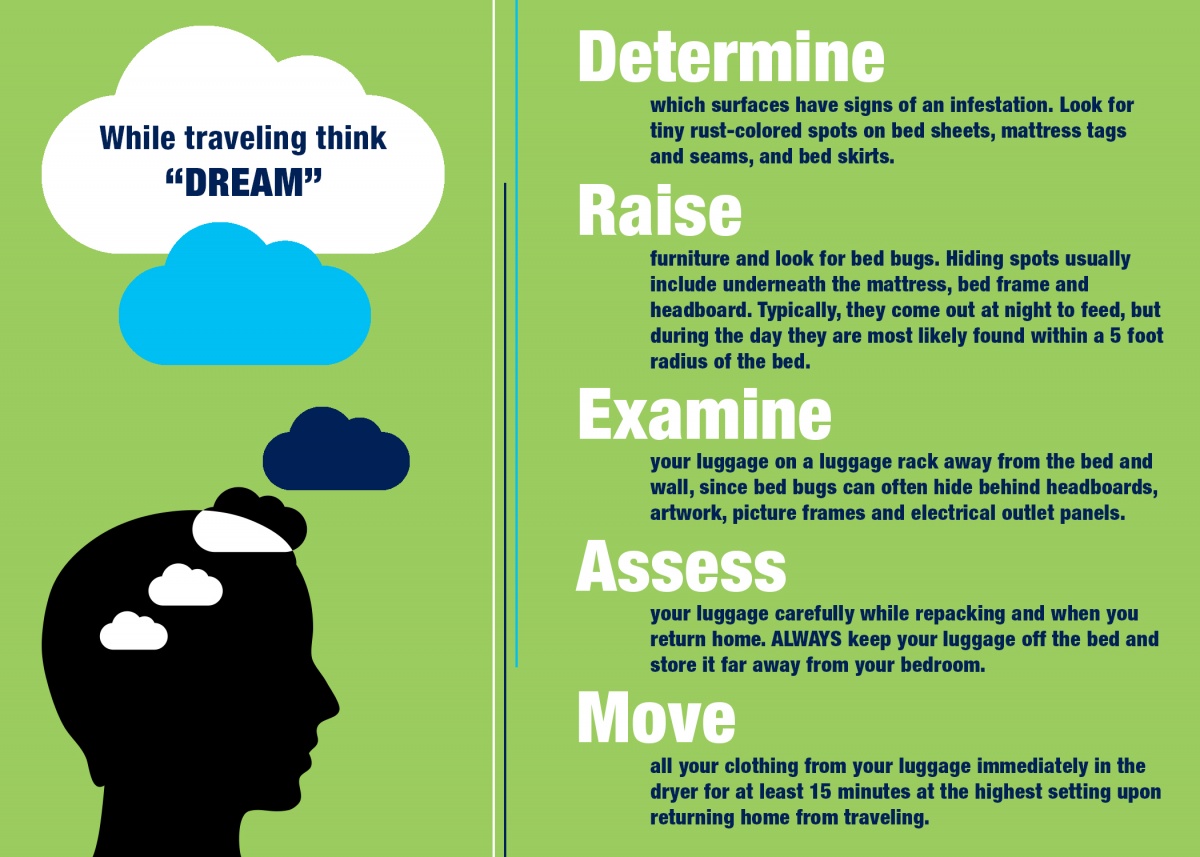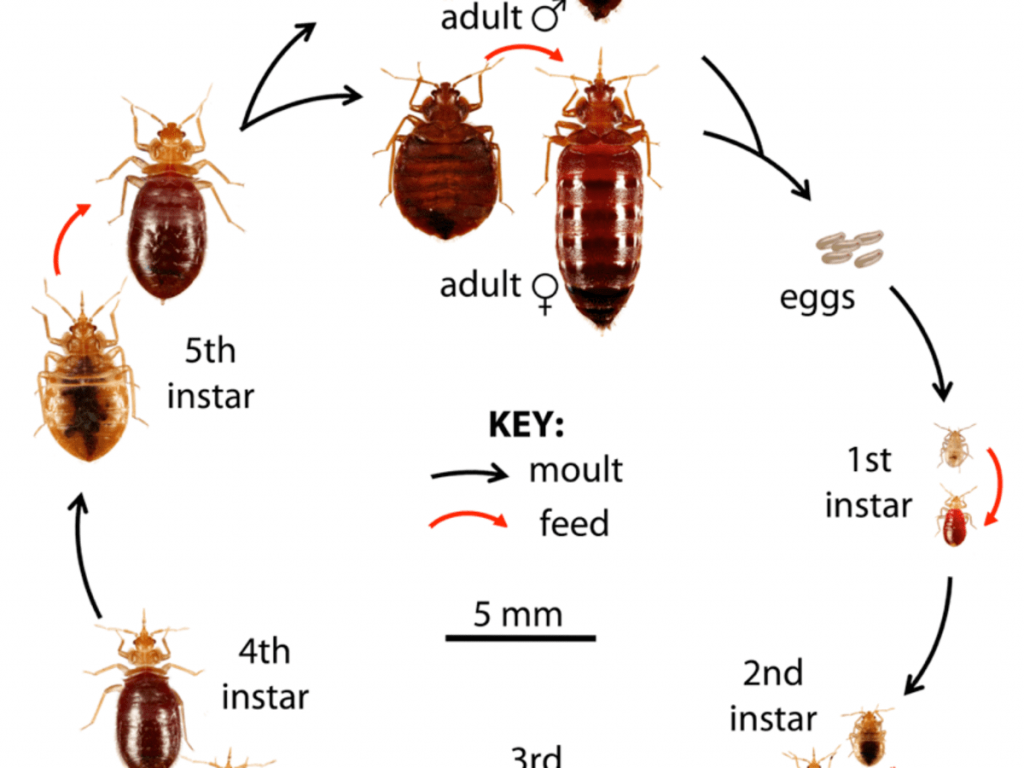Moving is a big challenge. As much as you want to get to your new home, you don’t want to take any undesired stowaways with you. It’s important to take the right steps to make sure that you don’t move with any unwanted bugs. This article will show you how to move without taking any bugs with you.
What are Bugs?

Bugs are small organisms, such as insects, that can easily travel with you and your belongings as you move. Common types of bugs include bed bugs, fleas, ticks, silverfish, cockroaches, and spiders. These pests can cause a variety of problems, such as allergic reactions, spreading disease, and making a home in your new home. To avoid taking these bugs with you, it is important to take the necessary steps to prevent them from coming along for the ride.
Types of Bugs

When I plan to move, I need to be aware of the types of bugs I may be transporting with me. Bed bugs are the most common type of bug I need to watch out for. These small, reddish-brown bugs like to hide in tight spaces during the day. They feed on human blood at night and can be found in the seams of mattresses and bedding. To prevent bed bugs from moving with me, I need to inspect furniture and bedding for signs of bed bugs, such as tiny eggs and black streaks on mattress seams.
Cockroaches are another type of bug that I need to watch out for when moving. These are nocturnal, scavenging bugs that prefer dark and moist environments. To prevent them from moving with me, I need to clean under and behind appliances, behind cabinets and under sink drains, and in any cracks and crevices. I should also seal off any cracks and crevices in walls and floors that may provide entry for cockroaches.
Finally, I should watch out for any type of flying insect, such as flies, moths, and wasps. These insects can easily move with me to a new location and reproduce quickly. To prevent this, I should keep windows and doors closed as much as possible, and inspect items before bringing them into my home. I should also use window screens and insect repellents to keep these bugs away.
Signs of Bug Infestation

I need to be aware of the signs of bug infestation in order to ensure that I’m not transporting any unwanted critters with me during a move. The most common signs of a bug infestation are small droppings near food sources, small holes in fabric, as well as visible bugs themselves. If I notice any of these signs, I should take action to address the problem immediately. I should also inspect any used furniture or clothing I am purchasing for a move, as these items could contain bugs.
If I’m moving into a previously occupied living space, I should also inspect the area for signs of a bug infestation. This includes small holes in the walls and floors, as well as droppings near food sources. If I notice any of these signs, I should contact a professional exterminator to address the issue before moving in.
Finally, I should also inspect any boxes that I’m packing for a move. Cardboard boxes are often used by bugs to lay eggs, so I should inspect any boxes before packing up my belongings. If I notice any signs of a bug infestation, I should discard the box immediately and use a new one.
How to Inspect for Bugs

Before packing, it is important to inspect your home for any bugs that may hitch a ride during your move. Start by checking the beds, furniture and carpets for any signs of bed bugs. Look for small, dark spots (bed bug feces) or egg shells on the mattress, box spring, headboard, and bed frames. Also, inspect your upholstered furniture for signs of bed bugs.
Next, inspect the walls and baseboards for any signs of cockroaches. Look for droppings and egg cases. Cockroach egg cases are often tan in color and can be found in hard to reach places such as behind appliances and furniture.
Finally, inspect your closets and other storage areas for signs of rodents. Look for droppings, gnaw marks, and nests. If you suspect you have a rodent problem, contact a pest control professional.
| Insect | Signs to Look For |
|---|---|
| Bed Bugs | Small, dark spots (bed bug feces) or egg shells on the mattress, box spring, headboard, and bed frames. |
| Cockroaches | Droppings and egg cases. |
| Rodents | Droppings, gnaw marks, and nests. |
If you discover any signs of bugs, contact a pest control professional. They can help you get rid of the bugs and prevent them from coming back.
Prevention Tips for Moving

Before moving, thoroughly inspect your current residence for any signs of bugs. Look for droppings, shed skins, eggs, or other evidence that may indicate a bug infestation. If possible, have a professional pest control service inspect the residence to identify any pests that may be present.
When packing, store items that may be infested in sealed plastic bags or containers. This will prevent the bugs from spreading. Additionally, inspect any used or secondhand items before bringing them into your new residence.
When transporting items, cover them with plastic or a tarp to prevent the bugs from hitchhiking to your new residence. When moving furniture, disassemble any items that can be taken apart. This will make it easier to inspect and ensure the items are free of bugs.
Make sure to keep the entrance to your new residence closed during the moving process. This will prevent any bugs from entering. Additionally, inspect any entry points, such as windows and doors, for any signs of infestations.
Once all your items have been moved into the residence, inspect the items again for any signs of bugs. If necessary, have a professional pest control service inspect the residence and treat it for any infestations.
Cleaning and Disinfecting Tips

- Wash all linens, towels, and clothing before packing them.
- Clean all surfaces with soap and water, and then disinfect with a solution of 1 tablespoon of liquid chlorine bleach in 1 quart of water.
- Vacuum carpets, furniture, and mattresses to remove dust, dirt, and debris.
- Clean any upholstered furniture with a steam cleaner.
- Wipe down all hard surfaces with a damp cloth and mild detergent.
- Throw out any items that cannot be cleaned or disinfected.
- Use an insecticide spray to treat any areas where bugs have been found.
- Pack all items in sealed plastic bags or containers to prevent bugs from entering.
When moving, it is important to remember to clean and disinfect all items to prevent bugs from being brought to the new location. Taking the time to do this can save time and money in the long run.
Pest Control Options
I’m sure I’m not the only one that’s ever had to worry about pests when moving. While it’s important to inspect the new property before you move in, it’s just as important to make sure you don’t bring pests with you. Here are a few pest control options to consider before you move:
1. Hire a professional pest control service. A professional pest control service can inspect your current home and treat it for any pests. They can also provide advice on how to prevent pest problems in the future.
2. Make sure you seal up any cracks or crevices in your home. This will help keep pests from entering your home and making their way into your belongings.
3. Clean up any food or water sources that may attract pests. Make sure you dispose of food scraps, empty pet food containers, and clean up any spilled liquids.
4. Vacuum, dust, and mop your home frequently. This will help keep pests from taking up residence in your home.
5. Store your belongings in plastic containers with lids. This will help keep pests from nesting in your boxes and moving with you.
6. Keep your home free of clutter. Clutter can provide ideal hiding spots for pests, so make sure you get rid of anything you don’t need before you move.
By taking these steps, you can make sure that you don’t take any pests with you when you move.
What to Do if You Find Bugs
If you find bugs in your home, take immediate action. First, try to identify the bug. Many online resources can help you determine what type of bug you have and the best method for removing it. If you can’t identify the bug, contact a pest control expert for help.
Once you’ve identified the bug, take steps to get rid of it. Vacuuming can be a good way to remove most bugs, but may not be enough for serious infestations. In these cases, you may need to use chemical or natural pest control products. These products can be purchased at a hardware store or online.
Finally, once you’ve gotten rid of the bugs, make sure to prevent them from coming back. This can be done by sealing up any holes or cracks in your walls and floors, and cleaning and vacuuming regularly. Additionally, inspect any items you are bringing into your home to make sure they don’t contain any bugs.
Frequently Asked Questions
How can I prevent bed bugs from coming along when I move?
Before moving, inspect the new home for any signs of bed bug infestation such as dark spots on mattresses and bedding, and eggs and molted skin in furniture and carpets. Once you have moved, vacuum the home and furniture thoroughly, paying special attention to cracks and crevices. Wash all bedding and clothing in hot water and then dry on a high heat setting. Use mattress and box spring covers and inspect them regularly for signs of bed bugs. Seal and store items that are not in use in airtight containers and regularly inspect furniture for any signs of bed bugs.
What Should I Do if I Have Bed Bugs in My Home and Need to Move?
Ensure to properly inspect your belongings and pack them in a way that bed bugs cannot escape. Vacuum and wash any items that may have bed bugs, paying special attention to seams and crevices. Place any items that cannot be washed in sealed plastic bags. Ensure to seal any cracks and crevices in the walls and furniture to prevent the spread of bed bugs. When moving items, use a tarp or plastic wrap to keep bed bugs away from other items. If needed, hire a pest control company to help identify and treat bed bugs in your home.
What measures can I take to ensure bed bugs don’t move with me?
Pack items in plastic bags or containers and seal them. Inspect furniture, clothing, and mattresses for signs of bed bugs. Wash and dry clothing and other items on high heat settings when moving. Vacuum suitcases, boxes, and other containers before and after moving. Leave infested items behind and discard them properly. Use bed bug interceptors or encasements on mattresses and box springs. Hire a professional exterminator to treat the new home for bed bugs.
What Steps Can I Take to Make Sure I Don’t Bring Any Bed Bugs to My New Home?
Thoroughly inspect and vacuum out your current home. Clean your clothes before moving them to your new home, and store them in sealed plastic bags. When packing, use new, sealed boxes and plastic bags. Check furniture and other items before bringing them into your new home. Steam clean all fabric items before bringing them in. Avoid purchasing used furniture and mattresses. Inspect your new home for bed bugs before moving any items in.
What should I do if I suspect I may have unknowingly brought bed bugs to my new home?
If you suspect you may have brought bed bugs to your new home, the first step is to contact a pest control professional to inspect and identify the problem. Once the pest control company has identified the issue, they can advise on the best course of action to eradicate the bed bugs. This could involve chemical treatments, steam cleaning, or the use of a special vacuum cleaner to remove the pests. It is important to follow the instructions of the pest control professionals and keep the area clean to prevent the bed bugs from returning.
Conclusion
I’ve found that the best way to move without taking any unwanted bugs along is to pack carefully, clean thoroughly, and hire a professional to do a pest inspection before and after the move. Doing these steps will help ensure that you don’t inadvertently bring any creepy crawlers with you to your new home.






